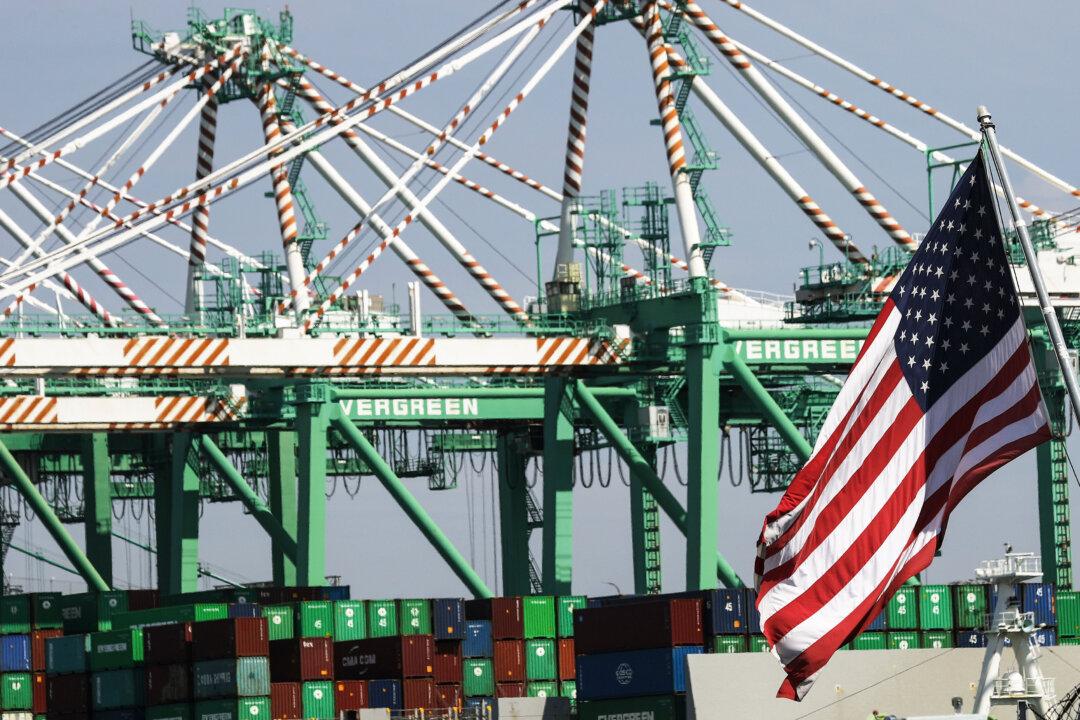The U.S. trade deficit widened in 2024, with imports totaling $4.11 trillion and exports totaling $3.2 trillion, resulting in a deficit of more than $918 billion, according to the Bureau of Economic Analysis (BEA).
The deficit is up by more than 17 percent on an annual basis and is the largest since 2021. The trade deficit was equivalent to 3.1 percent of the 2024 gross domestic product, up from 2.8 percent from the previous year.
The deficit in goods rose by 14 percent to $1.21 trillion. In contrast, services saw its surplus jump by 5.4 percent to $293.3 billion. Exports rose to $3.19 trillion, with imports rising to $4.11 trillion.
The export of civilian aircraft engines, computer accessories, computers, and semiconductors increased, while exports of passenger cars, trucks, buses, and special-purpose vehicles declined.
Imports of computer accessories, computers, semiconductors, industrial machinery, pharmaceutical preparations, automotive vehicles, parts and engines, foods, feeds, and beverages all increased.
In December 2024, the trade deficit jumped by almost 25 percent from November 2024 to $98.4 billion, the highest since March 2022. It was the second-largest deficit on record, and the monthly increase was the biggest since March 2015. Imports for the month rose to $364.9 billion, an all-time high. Exports fell to $266.5 billion.
“The strength of imports appears largely driven by businesses rushing orders ahead of potential tariffs, a trend unlikely to reverse any time soon given there is still the risk of 25 [percent] tariffs on Mexico and Canada next month,” Capital Economics economist Thomas Ryan said.
Trump has defended his tariff policies, saying they serve the nation’s best interests, particularly in light of the country’s trade deficit.
“Why should the United States lose trillions of dollars in subsidizing other countries, and why should these other countries pay a small fraction of the cost of what USA citizens pay for drugs and pharmaceuticals, as an example?”
As such, imposing tariffs on these nations would affect almost half of U.S. imports, ending up potentially disrupting supply chains and affecting the economies of the United States, Mexico, and Canada significantly, according to ING.
“In the short term, the additional tariffs may slightly boost spending as awareness spreads and consumers accelerate purchases to avoid the tariffs,” ING stated. “However, the squeeze on household incomes, particularly for lower-income families, will become noticeable in the following months. ... While price increases for non-perishable foods such as cucumbers, lettuce, or meat might be felt almost immediately, the impact on durable goods may be delayed.”







